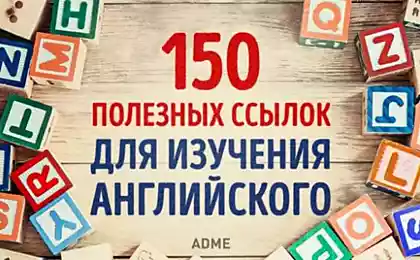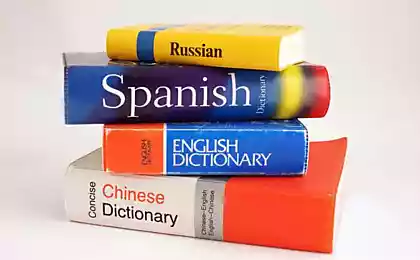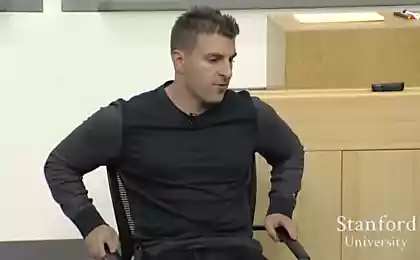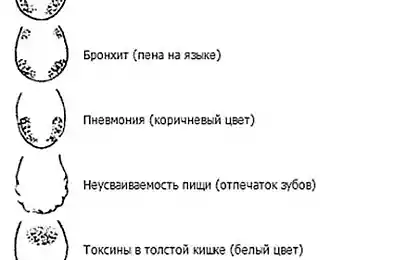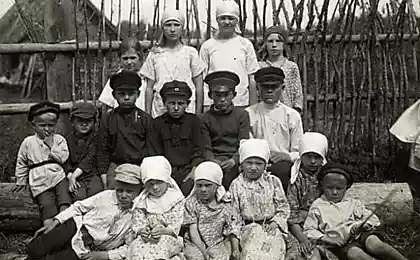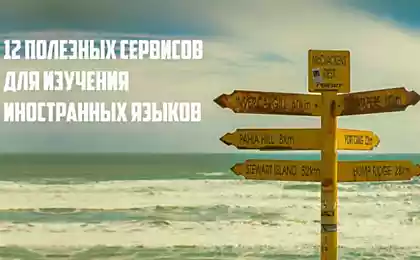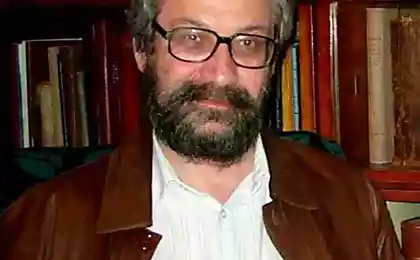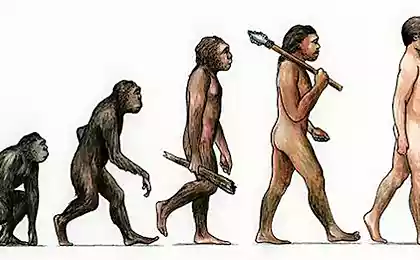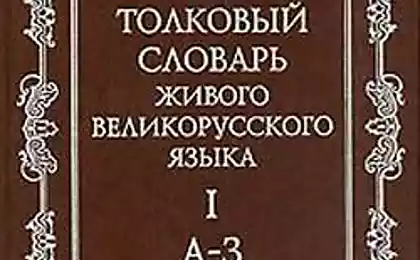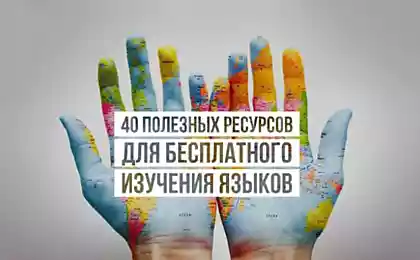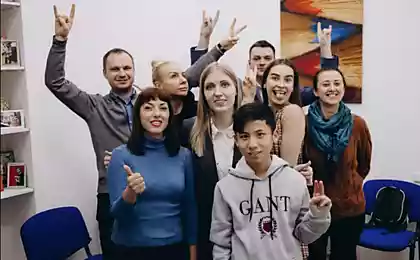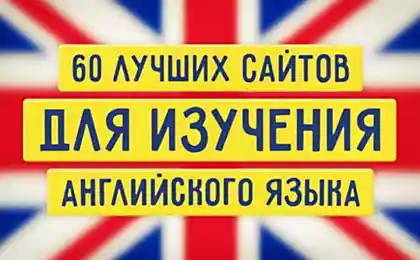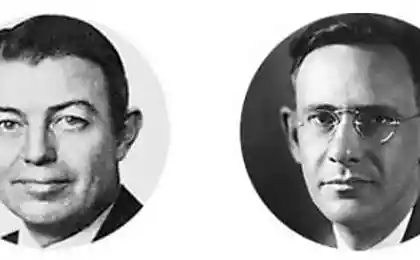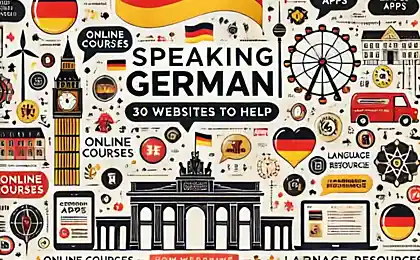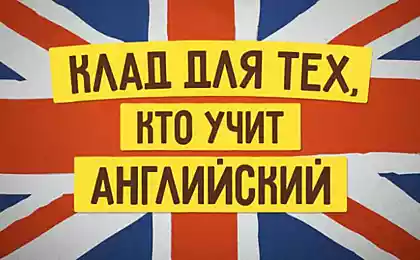203
Expedition to the roots of language: how dialects are formed

Introduction. Dialects are the living fabric of language, capable of telling more about the past than any history textbook. When we utter individual words or intonations that are invisible to the prying ear, we, without noticing it, refer to the rich cultural layer of our ancestors. But where do all these pronunciations, unique terms and language features come from? What is the basis for the formation of dialects, and why can one language develop so differently in neighboring regions? In this article, we will take a fascinating journey through centuries of linguistic history and look at the key factors influencing the diversity of linguistic forms.
Why is language never the same?
If only all people would always communicate uniformlyWithout any deviations in vocabulary or pronunciation, the very idea of regional and social differences would disappear. However, the reality is that even within a small country, there are significant differences in how locals speak. Linguists identify several fundamental reasons for this “splitting” of speech.
- Geographical isolation. Mountain ranges, rivers and seas sometimes create barriers to the regular exchange of information between groups of people.
- Sociocultural factors. Traditions and customs, religious practices and even the peculiarities of crafts form a unique lexical fund.
- Influence of neighboring languages. Contact with other peoples and immigrants brings new words and intonations.
- Political fragmentation. State boundaries and administrative divisions contribute to the development of regional differences in speech.
All these factors work together, ensuring the constant movement of the language. According to UNESCO, linguistic diversity is one of the fundamental indicators of the sustainability of the cultural heritage of mankind. Therefore, the study of dialects provides a deep understanding not only of linguistics, but also of the evolution of culture.

Historical aspect of dialect formation
Every modern language has “ancestors,” from whom it inherited not only words, but also words. phonetic and grammar features. Imagine a powerful tree trunk - a common protolanguage, from which separate branches depart. Over time, these branches become increasingly independent, evolving according to local conditions. Thus were born, for example, Romance languages, rooted in Latin. It was once a language spread over vast areas of the Roman Empire. But geography, political fragmentation and interaction with local peoples led to the fact that Latin “offshoots” began to be transformed into separate languages: Italian, Spanish, French, Portuguese and others. Within these languages, of course, their own dialects appeared.
The same story can be traced in the Indo-European family of languages, where proto-Germanic English, German, Swedish and Dutch arose, and then countless dialects flourished within them. This process can be observed continuously: part of the varieties of the language “die” without having a sufficient number of speakers, and part continues to actively transform, acquiring a unique phonetics and vocabulary. That is why modern researchers note that dialects are not an archaic relic, but a living and mobile layer of speech.
How social and cultural factors influence language differences
Dialects are not only about the pronunciation of individual sounds; they are also about the pronunciation of individual sounds. identity. Through speech, we often demonstrate which group we belong to and are proud of. For example, residents of different regions of one country can retain a special vocabulary reflecting traditional crafts (fishing, agriculture, cattle breeding). So there are words that are understandable in one region, but absolutely unknown outside it.
The strongest influence on language variability has:
- Migration processes. The mass movement of people to new regions leads to a mixture of language norms and the adoption of new lexical forms.
- Trade links. Merchants, traders and artisans, traveling to different places, “bring” elements of foreign languages into their native dialect.
- Cultural activities and customs. Festivals, fairs and traditional holidays contribute to the expansion of language contact.
- Social prestige. Some variants of pronunciation or word can be considered “elite” or, conversely, “popular”.
Thus, language reflects not only the history of a people, but also its current socio-economic structure. If a community sees in its dialect a symbol of cohesion, it will carefully preserve its features, even if the official norm tends to uniformity.
Politics, Borders and Language Standardization
The role of politics in language is noticeable both in the old days and now. State reforms in education and the media can speed up or slow down development of dialects. The formation of nations and the formation of a single literary language certainly contributed to the spread of the "common" standard of speech. Local conversations are often in the shadows. Some states, on the contrary, consciously support multilingualism and diversity of dialects, seeing this as an advantage for cultural diplomacy.
Perhaps the most striking example of the harmonious coexistence of many dialects and languages is Switzerland, where four languages are officially recognized. Each has its own internal variation, and this system has existed for centuries without serious conflict. On the contrary, it only emphasizes the regional specificity of the cantons. Such cases show that policies can play a constructive role by encouraging respect for linguistic diversity.

Technology and the future of dialects
In today’s world, digital platforms and social media have reshaped our understanding of communication. Chats, video calls and online translators create space Language interaction. On the one hand, globalization can neutralize some local differences, giving priority to international or state languages. On the other hand, it is on the Internet that narrow communities are formed, where people willingly use local expressions or slang, thereby maintaining the viability of regional dialects.
It is likely that in the coming decades we will witness an even more active crossbreeding of forms of speech. Modern linguists are already talking about the phenomenon of “virtual dialects”, when groups of users form their own language codes that reflect their online identity. Such trends make the picture of language development even more difficult, but also fascinating to study.
What does research say?
According to scientific articles published in ScienceDirect, about 40% of the world's languages are threatened with extinction, with many of them actually regional variants of larger language systems. This means that the struggle to preserve linguistic diversity includes the struggle to preserve dialects. Scientists point to the importance of documenting and digitally archiving dialectal features so that they do not dissolve in the globalized information space.
Diversity of talkers crucial Not just as an abstract object of study. Dialects are directly related to our cultural heritage, traditional knowledge system, oral folklore and even local cooking. Through them, we touch the history of our native land, feel the unique melody of speech and realize how diverse the world is within even one country.
Conclusion
An expedition to the roots of a language always leads to an awareness of how subtle and dynamic It is the process of dialect formation. It is influenced by the geographical environment, the historical fate of peoples, and social foundations. At the same time, language, contrary to stereotypes, remains a mobile “organism” capable of surprising scientists and ordinary speakers of speech with new forms of expression.
We often take speech for granted without thinking that every sound and every word has deep roots and a story of its own. Dialects are an archive of collective experience. By understanding them, we not only broaden our linguistic horizons, but also learn to appreciate the cultural diversity that surrounds us everywhere.
In the context of globalization and the growth of digital communications, the issue of preserving dialects is becoming especially urgent. After all, the loss of even one regional dialect is an irreparable loss for culture. However, if a society is conscious about its linguistic treasures, dialects can not only survive, but also find a second wind, representing a unique value for individual regions and for humanity as a whole.
This article was prepared specifically for bashny.net. Materials of linguistic and cultural studies, as well as data from open sources were used in the creation.
The Paradox of Reason: Why Do Smart People Do Stupid Things?
Gratitude Diary: How 5 Minutes a Day Change Your Life

